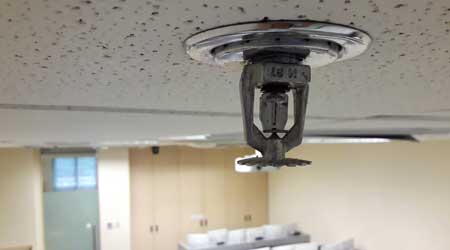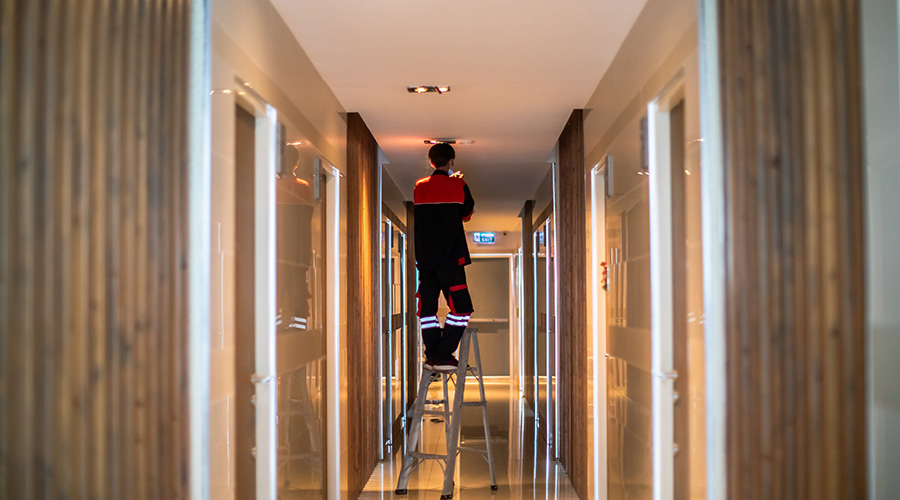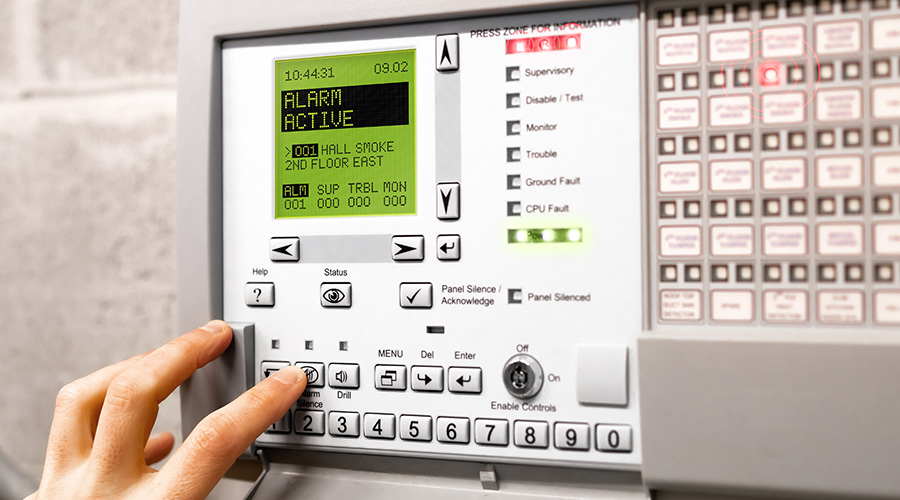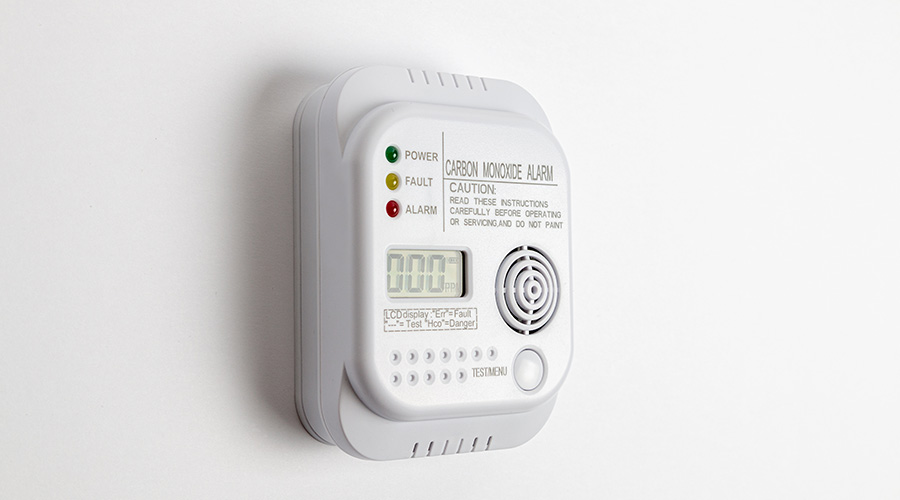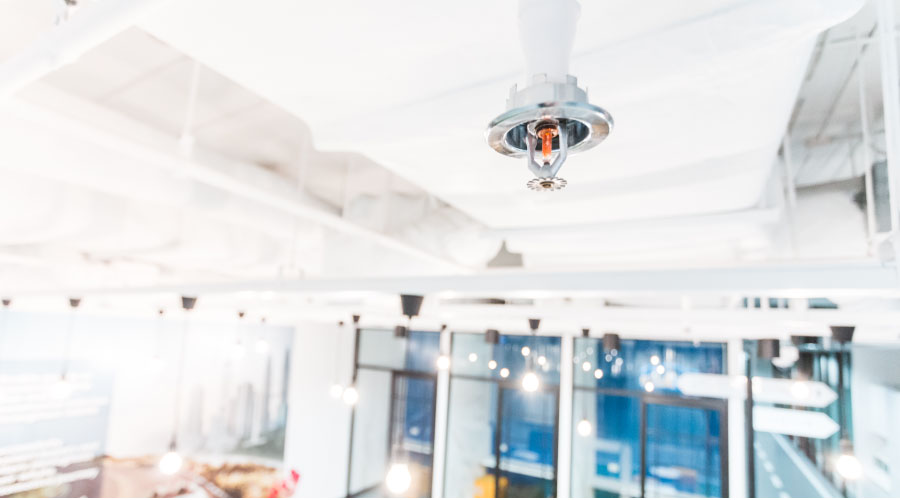Training and Certification Requirements for Maintaining Fire Alarm Systems
The human element in keeping fire alarm systems functioning properly cannot be overlooked. And testing must be done on an annual basis.
Only qualified and experienced service personnel are permitted to perform inspection, testing and maintenance. These technicians must meet one or more of the following criteria per NFPA 72, 10.5.3.4:
• factory trained and certified for the specific type and brand of system being serviced
• certified by a nationally recognized certifications organization acceptable to the AHJ
• registered, licensed or certified by a state or local authority — either individually or through affiliation with an organization — to service systems addressed within the scope of this code
• employed and qualified by an organization listed by a nationally recognized testing laboratory for servicing systems within the scope of this code.
It might be difficult for managers to determine the level of training or certification required, since the code does not specify these levels. The local AHJ might have specific qualification requirements for servicing companies. The code allows inspection, testing or maintenance to be done by a building or system owner or a person or organization other than the building or system owner. But it is the building owner's responsibility to ensure that only properly trained and competent persons perform inspection, testing and maintenance. Managers need to keep records on resumes, training and qualifications.
Testing fire alarm systems requires planning and much more detailed methods compared to visual inspections, and the testing occurs much less often. Except for several components tested semiannually, all fire alarm components require annual testing per Table 14.4.3.2, including but not limited to: functions of the fire alarm systems; receipt of alarm, supervisory, and trouble signals; circuit supervision and integrity; testing of power loads; operations of control units; central station signal transmission; switching and operation of backup equipment; testing of batteries; and building system interface.
Annual action
To ensure fire alarm systems work as intended, technicians must physically test all systems, devices and components, which might affect building operations and occupants. Depending on the size of the building, the annual test could take a few hours, several days or longer. Test schedules and plans must clarify exactly what is to be tested, who to conduct the test and how it is to be tested. The building owner or manager also must review and approve them ahead of time.
Moreover, interfaces for building emergency control functions, such as elevator recall, shunt trip, kitchen-hood suppression, sprinkler-system activation, fire-pump run, HVAC shutdown, smoke control, and emergency-generator activation need coordination from other trades. The responsibility for this coordination usually falls on the building owner or manager, and to minimize disruption, the test often is conducted after hours or on weekends when the building is not occupied.
On the day of annual testing, managers should ensure signs are posted throughout the building to alert occupants of testing, and they should have posted advanced notices prior to the event. The central station shall be notified of the test duration and request to be put under test mode. Even though the building fire alarm system is not considered out of service during the test, a fire watch must be drawn during the test. The responsibility of fire watch could be under either the building or the contractor.
Annual testing requires two people. One person is stationed at the fire alarm panel for the duration of the test, while the other tests devices in the building. The person at the fire alarm panel monitors all signals received on the fire alarm panel, restoring the fire alarm system and reporting if a signal from an initiating device other than the specific device being tested. Communication between them must be constant between them via two-way radios or cellphones.
In some cases, it is not feasible to test fire alarm systems after hours or on weekends. In such cases, technicians can use silent testing and bypass emergency-control functions, which is supported by Annex note of NFPA 72, 14.4.3. The intent is to reduce the amount of audible and visible notification during tests in an occupied building.
Testing audible and visible notification devices can be accomplished in a lump sum after all inputs are proven correct by silent testing. Technicians verify the inputs by receiving appropriated signals at the fire alarm control panel. After the test, the technicians restore the system to normal conditions and return the central monitoring system to service.
Related Topics:








